If all of the months in the calendar were like a whole family, August would be the odd one out. Dressed in the simplest outfit, it would be the one with a completely ordinary and uneventful life, always standing in the corner looking unbothered to engage with the other siblings.
There is nothing interesting about August; by the time it’s halfway over, it’s already gone. Books we planned to finish, long evening walks under streetlights—all of it comes to an uninspired end as we are forced to prepare for another academic year or rigorous work season.
Food is the finest cure in months like these, where life is dull and feels like a deep sigh. Trying out new flavors and visiting new restaurants is something I often forget to do when life is busier, which is why I’ve decided to not miss out on that opportunity this month.
There is also so much more to Egypt’s food culture than just koshari or foul w’ taameya (fava beans and falafel), and with so many communities from different backgrounds living here, there is bound to be a restaurant representing the food culture of that individual subcultures.
One such community is that of the Bedouins. Egyptian Bedouins mostly inhabit the Sinai Peninsula or the suburbs of Cairo, as most of them are nomadic and search for opportunities in the city.
Their presence in the city is not as recognizable or apparent, which is usually because younger generations have been trying to adopt a more urban, Cairene style to blend in with society more easily. When they explicitly reveal their identity, whether through verbalizing it or through their distinct accent, many can feel excluded and left out by society.
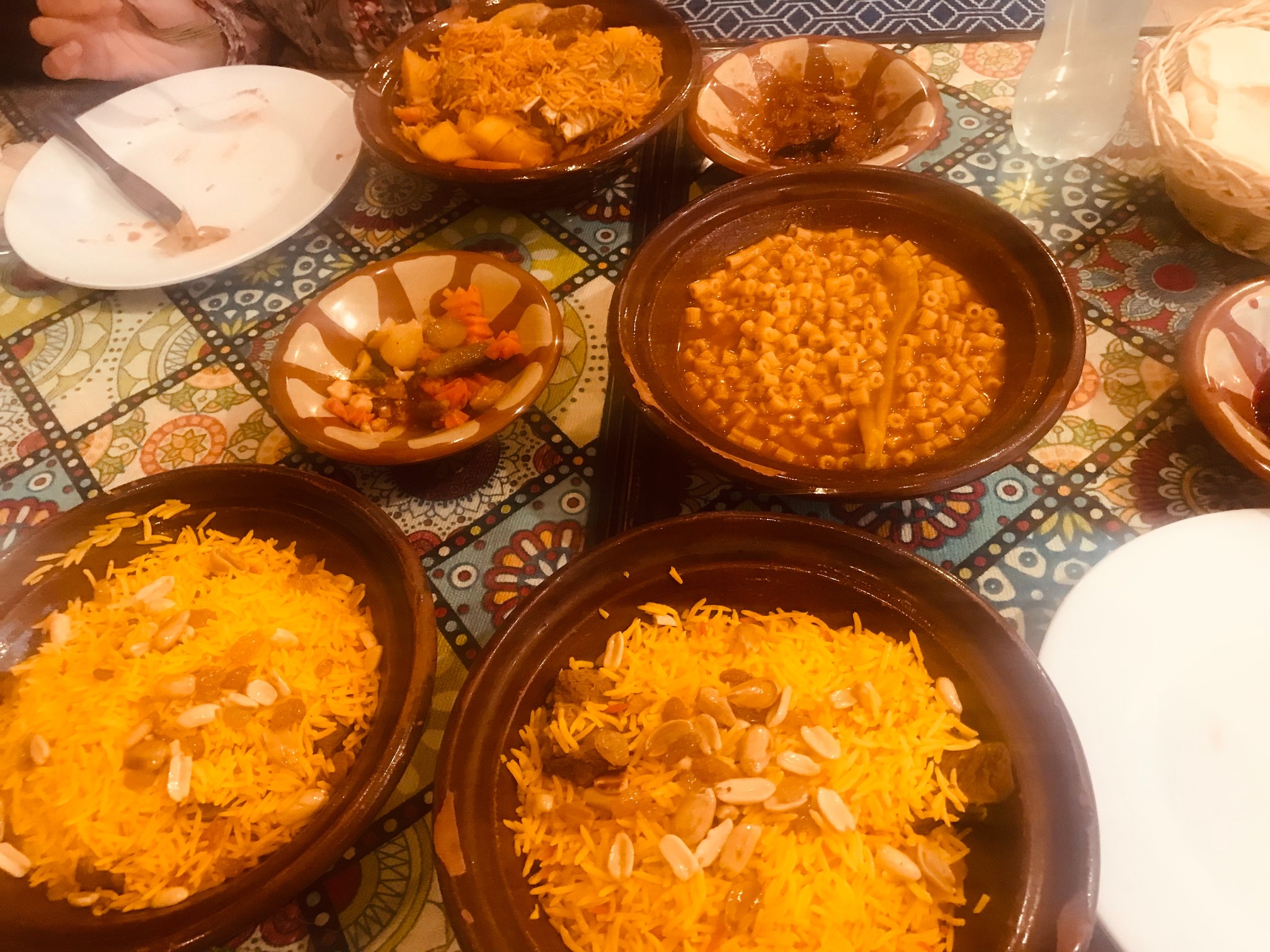
On a sun-soaked Saturday afternoon, my mother, sister, and I decided to try out Legleisah – a Bedouin cuisine restaurant located in Al Rehab City’s Souq el-Sharqi (the Eastern Market). Other branches also exist at Masakan Sheraton, with restaurants offering delivery across Cairo.
Legleisah is a cozy space inside a kheyam (tent), which in Bedouin tradition is a place of meeting and receiving guests, or celebrating family events. Emulating the setting of a kheyam gathering, also known as a traditional majlis, the cushy seatings are all placed directly on the floor, which is perfect for more laid-back and lazy days.
I think the best aspect about Bedouin cuisine is that it is not overly seasoned, nor does it boast a luxurious or sophisticated experience. It is ordinary and simple, but also very rich in flavors and abundance.
Generosity is a central aspect of their cooking, which is something I’ve learned during my time the Sinai Bedouin community. I remember entering the home of Um Yasser, who is the first ever Bedouin woman to work as a tour guide on the Sinai Trail – Egypt’s first long-distance hiking trail. As she showed me around the house to greet her female family members, I saw her sister sitting on the floor stirring a large bowl, far larger than any I’ve seen, and then she (Um Yasser) turned to me and said, “I hope that you eat plenty of food tonight after such a tiring hike”. They only had very minimal ingredients, but her generosity was a special ingredient on its own, as she made sure to ask me every now and then if I needed any additional portions.
Legleisah does not emulate the depth of experience that comes with being in a Bedouin home, eating their cuisine, but it certainly skims the surface by bringing their spirit to Cairo.
Before diving into the main dish’s generous portions, we started with a few light appetizers. A lot of the items on the menu reflect the traditional environments that Bedouins live in; this includes a focus on cattle meat and vegetables that are grown in arid climates, such as tomatoes, cucumber, and eggplant.
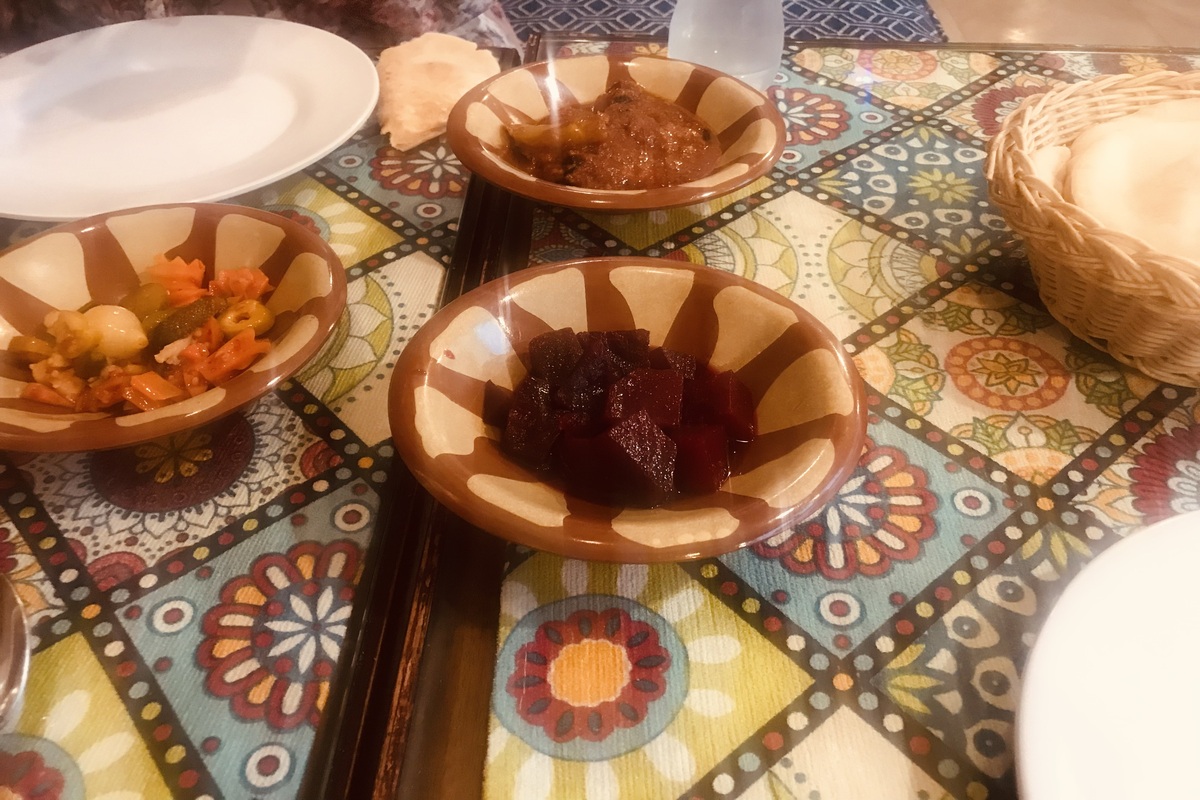

We ordered pickles, moussaka (an eggplant dish), and a colorful beet salad, totaling EGP 70. The pickles lived up to the promise of being salty, crunchy, and spicy at the same time, which complemented well with the taste of the main dishes; sometimes I added them to my dish the same way I would add them on a burger. The menu also includes tahini and seasoned tomatoes, which are also popular side dishes in Bedouin culture.
We ordered the two Kabsa dishes, the meat Kabsa (EGP 173) and the Legleisah Kabsa (EGP 178) which includes more ingredients like vegetables and potatoes. I tried the meat Kabsa, which is a mixed rice dish with a variety of ingredients all cooked in one pot, but is slightly less seasoned than the Legleisah Kabsa, so if you prefer a more seasoned option, the latter is a better choice.
Although I am not a big fan of rice, this was the only dish that I consumed which left me feeling like I needed to add extra salt, sauce, or spices. One full spoon is all you need, followed by a cold glass of lemon juice (EGP 18). A generous sprinkling of raisins and peanuts also definitely brings an additional crunch to each and every bite.
Finally, a cooling mint-flavored tea was served with its traditional Bedouin teapot (EGP 30). I recommend ordering a single dish with more than one appetizer, as I was the only one out of my family who was able to finish the full dish. The menu does not explain in much detail all of the ingredients in each dish, so if you are not too familiar with Bedouin cuisine, then it is also recommended that you ask the waiter to help guide you.
As August is still stretched before us, there is still time to taste the generosity that lives inside a Bedouin’s home.



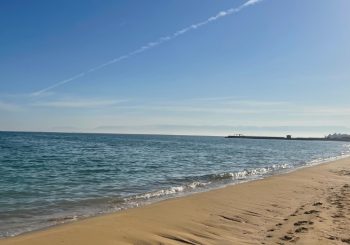
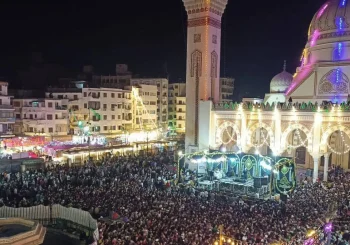
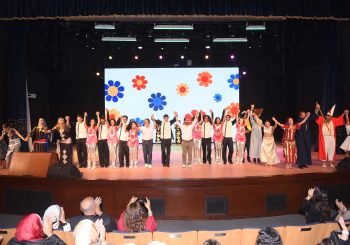
Comments (0)